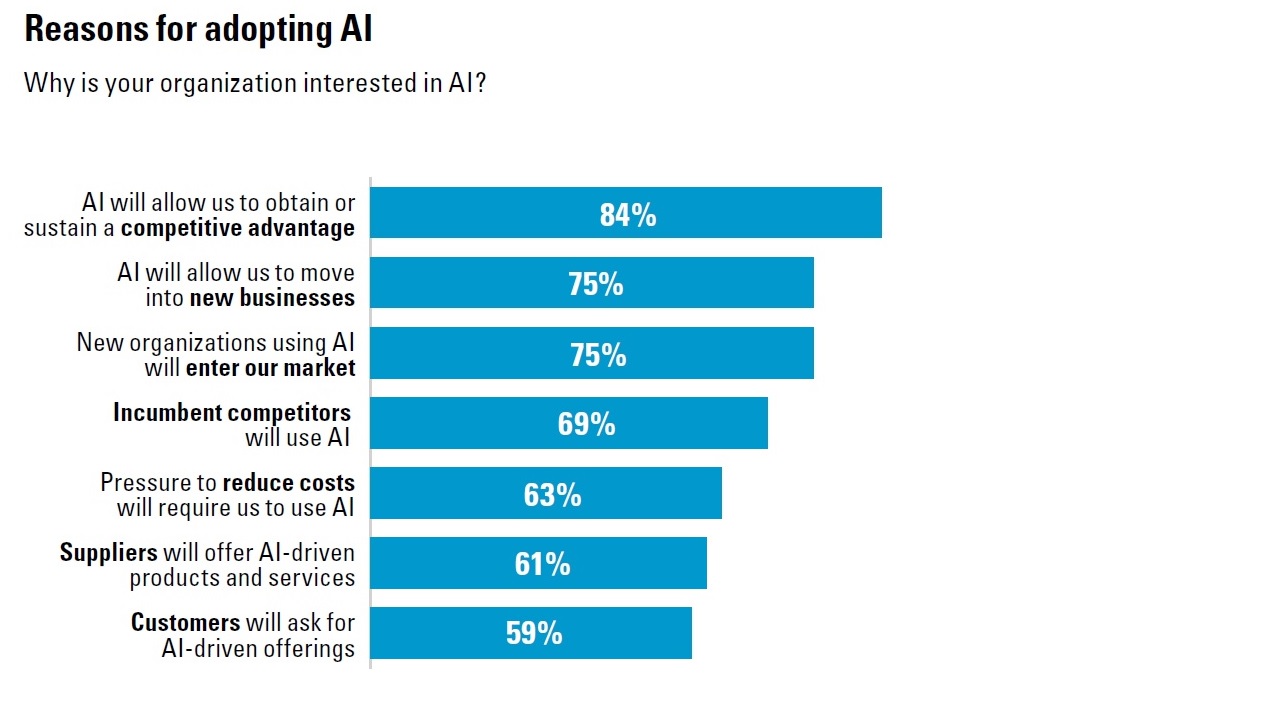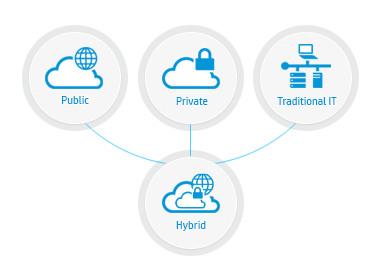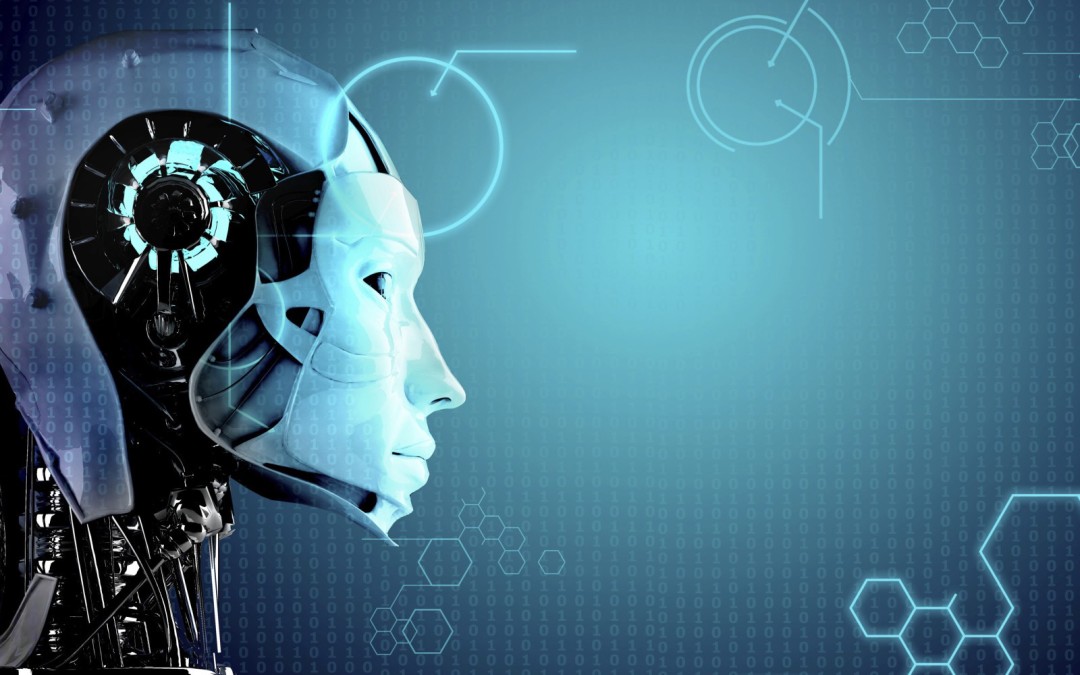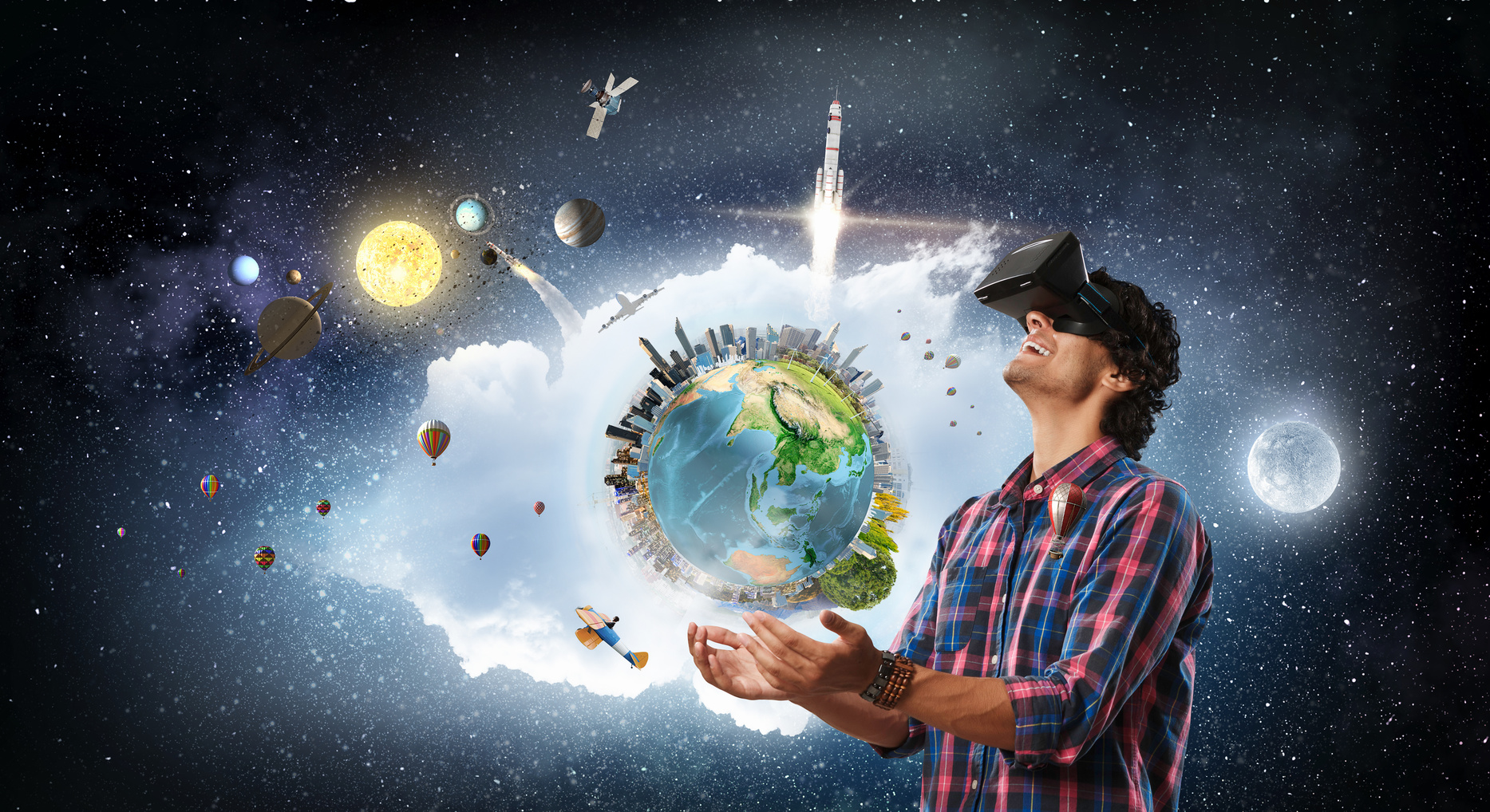Top Technology Trends In 2018
The IT landscape within companies is rapidly changing. Businesses are and will continue to change the way they interact with technologies and we will see radical transformation over the next decade. These technology trends will have a massive impact on how companies communicate with customers and how employees work. If a business wants to keep its competitive advantage, the leaders, owners and innovators must recognise opportunities that help the organisation align to their business success objectives.
Here are the top five technology trends which more likely reshape digital transformation:
-
1. Artificial Intelligence (AI) / Machine Learning
The term Artificial Intelligence (AI) was invented by Professor John McCarthy in 1956 at Stanford University. AI refers to an area of computer science that emphasises the design of intelligent hardware or software – basically intelligent machines able to work and react like humans. It means that AI is capable to replicate human behaviours such as:
a) Speech recognition
b) Learning
c) Planning
d) Problem solving
New AI systems (machine learning) that learn, adapt and perform independently will be a key competitive ground for technology vendors over the next few years. According to Gartner, the companies will have the ability to use AI to develop decision making, reinvent business ecosystems and recreate the customer experience by 2025. AI will support customer engagement, digital production, smart cities, self-driving cars, risk management, computer vision and speech recognition.
Another survey and research conducted by MITSloan in collaboration with The Boston Consulting Group, shows interesting findings – why the organisations are interested in AI and what the reasons are for adopting AI.
Most respondents (84%) believe that AI will allow their organisation to gain or sustain a competitive advantage throughout new business opportunities and by reducing costs.

Source: MITSloan Management Review, 2017
-
2. Hybrid Cloud
Hybrid Cloud is a cloud computing environment which uses a mix of on-premise, private cloud and third-party cloud services with adaptation between the two platforms. By mixing both private and public cloud infrastructures, businesses are able to leverage the best of what both have to offer.
One of the biggest advantages for companies will be rise of hybrid cloud management solutions. It will give customers a brighter view on how information or spending is distributed across hybrid cloud infrastructure.
Many cloud start-up businesses will specialise in certain industries. They will bring innovative services into the market and they will compete with providers such as Amazon Web Services (AWS) or Microsoft Azure. By refreshing the hardware, the companies can completely eliminate investing in outdated technology. Hybrid cloud reduces up-front capital investments and offers cost predictable plans.

-
3. IoT (Internet of Things) / Smart Cities
The Internet of Things (IoT) reached the mainstream in 2017. IoT is describes as a gigantic network of intelligent objects which work together in collecting and analysing data and continuously performing actions. The number of businesses in this space has grown rapidly across all markets in last few years. The enterprises realise the true transformational benefits of IoT. Particularly, we can see infiltration of the smart speakers, smart security home systems, autonomous vehicles, robots and drones. The businesses must be able to ensure that the data produced by IoT can be controlled to enable new business benefits such as: reducing costs, interactive customer service, greater security, and more flexibility.
But many companies today are still struggling with the key challenges of IoT, including the need for more flexibility, greater security, better utilisation of IoT data, and the ability to address new use cases.
On a broader scale, IoT can be applied to things like transportation networks: “smart cities” which can help us reduce waste and improve efficiency for things such as energy use; helping us understand and improve how we work and live. See example of “Smart City” below.

Source: Libelium, 2013
-
4. 5G
5G stands for fifth generation. It’s the next and newest mobile wireless broadband technology. Fifth generation is built on today’s 4G mobile network technology. 5G has higher connection speeds, thanks to improved radio technologies, more antenna sites or base stations and increased allocations of radio spectrum. Each antenna covers a smaller area or cell.
One of the benefits of 5G is that it improves an AR (Augmented Reality) and VR (Virtual Reality) users experience, by providing higher data speeds and eliminating delays and some technical issues.

Source: Cnet, 2015
-
5. Immersive Experience – Virtual Reality (VR) and Augmented Reality (AR)
Immersive experience creates a brand-new business opportunity for the technology world. It also delivers a new way for business to interact with customers; therefore, it provides innovative technology, services and products.
Virtual Reality (VR) uses specific hardware and software to replicate or create an environment based on reality or imagination of the originator. The ultimate aim of VR is to create a sensory understanding.
These technology trends show that the VR market already generates a lot of vibe and demand for VR headsets. By the end of the year 2018, we expect a big adoption of VR technology by bringing more utilities to VR devices and creating a righteous cycle of adoption and development. Facebook, Google and HTC are all competing between each other in order to be first who delivers a stand-alone VR headset with an affordable and quality device.
Augmented reality (AR) technology incorporates digital information with the physical environment, live and in real time. AR is able to mix real life with super images or animation using the camera on a mobile device or special headgear.
AR technology is applied into both B2B and B2C spaces. The presence of AR will significantly increase in next few years in the consumer sector by providing innovation and competitive advantage, and therefore presents opportunity for business adopters.
Let us know what technology trends will most likely reshape your IT landscape.


